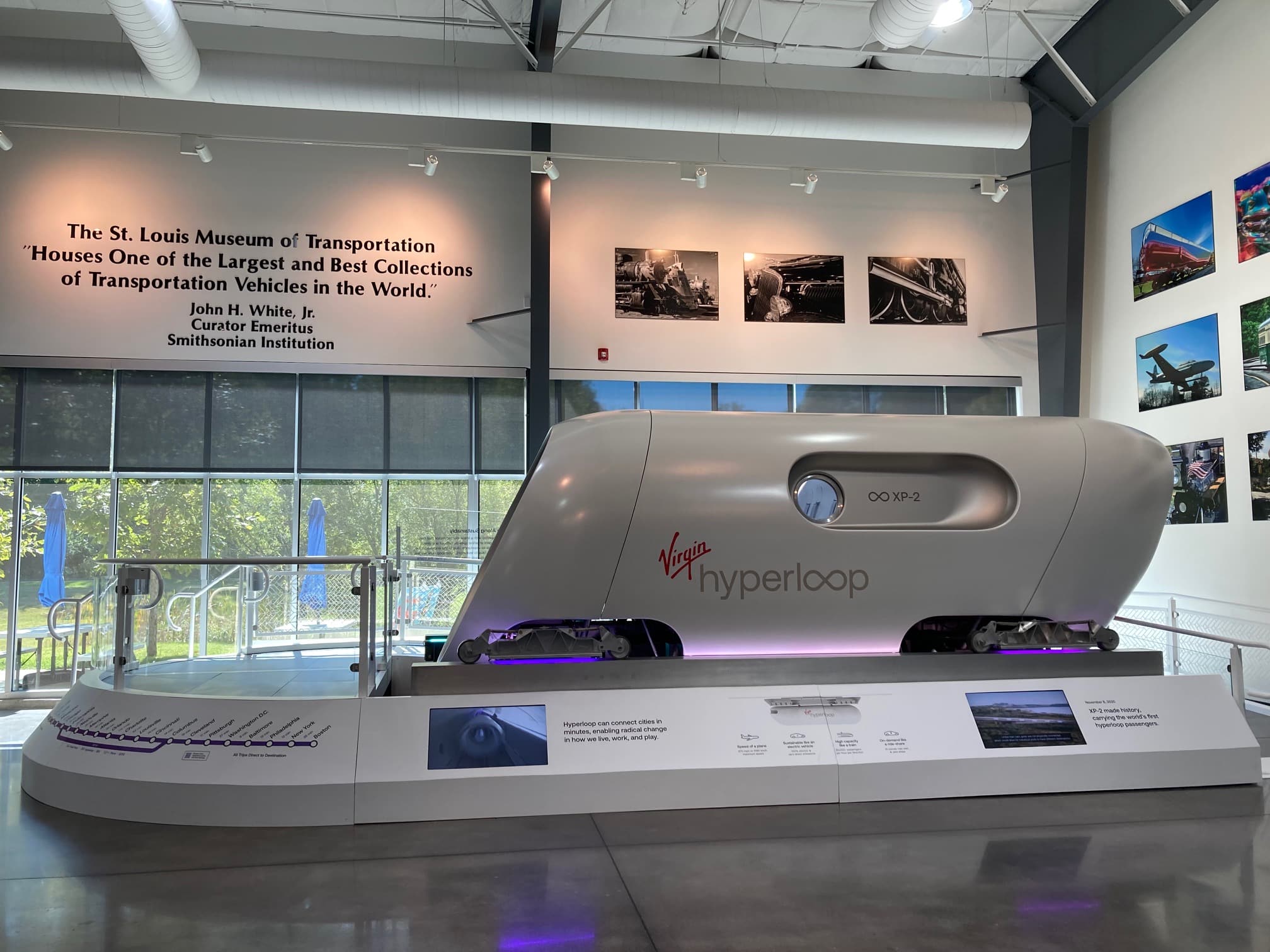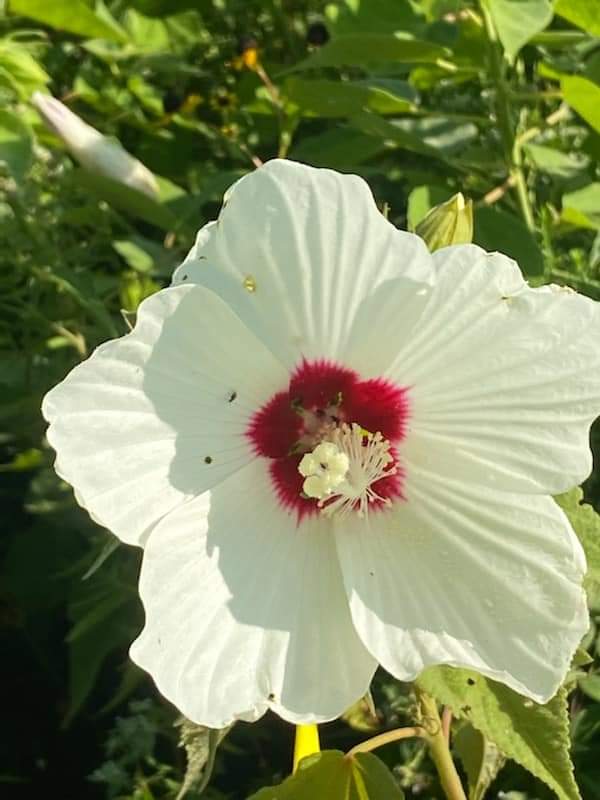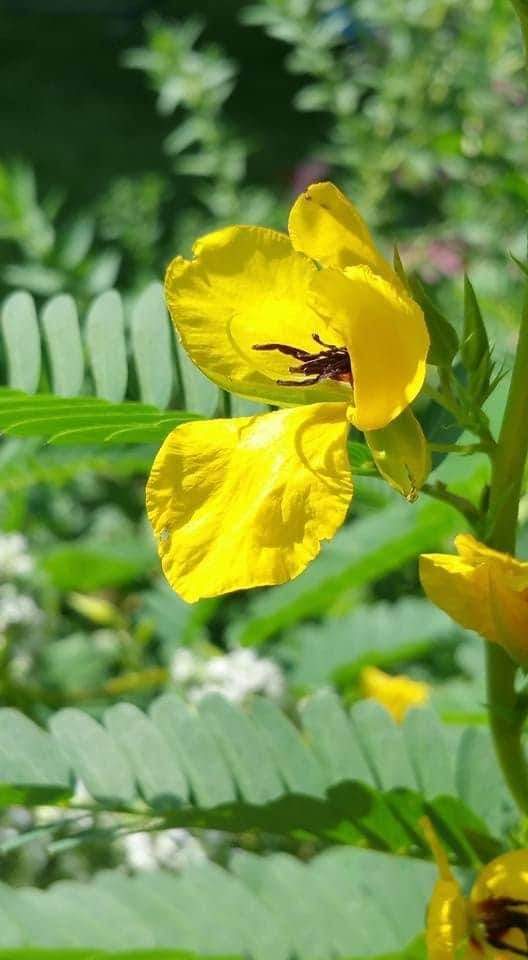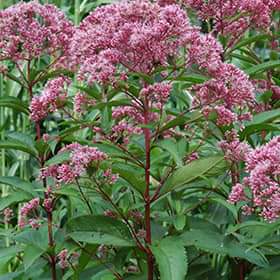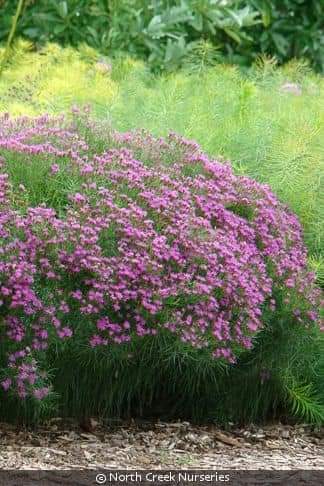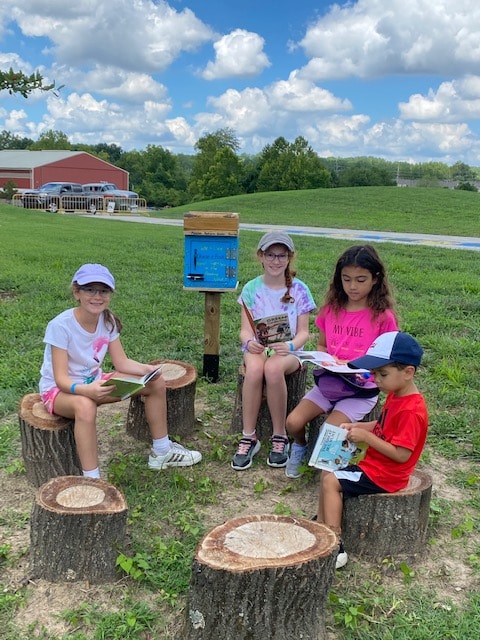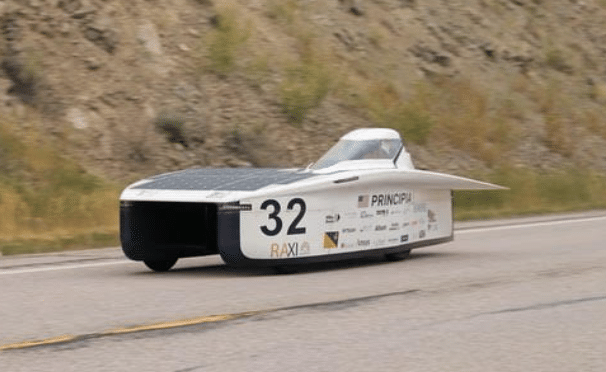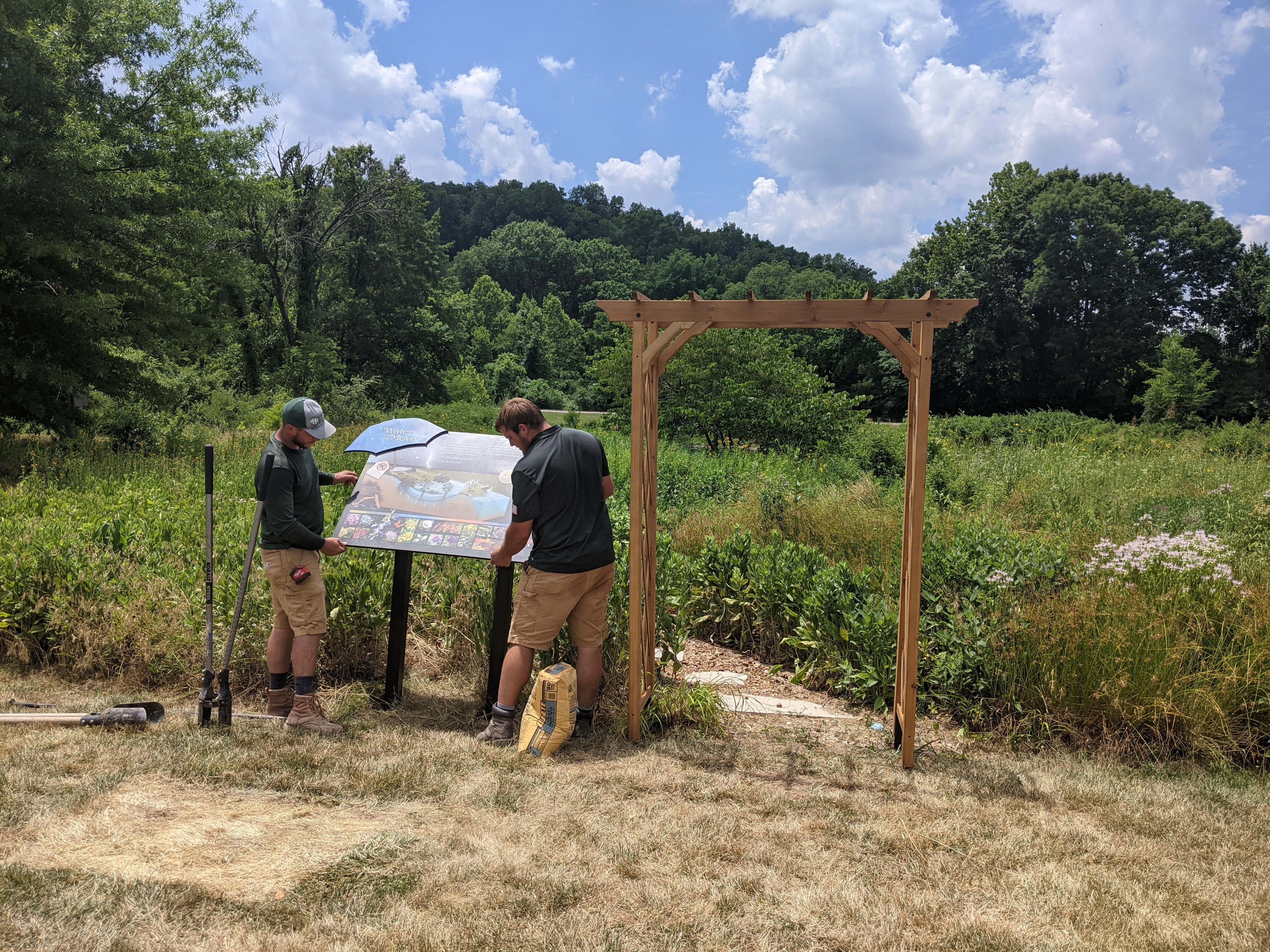Growing For Life /Feed Your Butterfly
By MaryAnn Fink/ The Native Explorer contributor/ Pollinator Junction/ Museum of Transportation
Copyright August /2022
This colorful mid-summer flowering annual is a native of Missouri. He is also a nitrogen fixing legume like all members of the bean family which means he is good at managing his own growing needs and possibly helps out his neighbors as well!
His golden flowers are beautiful as is his fine textured mimosa-like foliage!
His eye catching blossoms rest in the leaf axils that spiral around every stalk. This ascending spiral of sequential blossoms seems to coincide with the rising summer heat. It is as if the partridge pea is a visual for the major musical scale being played by Nature as the season peaks-I can almost hear it-can’t you?
Ever so softly, do re mi fa so la ti Do!- the high note is reached as the season peaks!
Each of his blooms are marked in the center with a fleck of crimson- is this a flower with heart and feelings? Well that is a stretch, but the feathery leaves do look like those of sensitive plant. He reacts to touch as well, that is more than I can say about some folks I’ve met!
This touchy native is quite visible right now at the Museum of Transportation’s Pollinator Junction. He is also found growing wild along some roadsides and many newly planted prairies. He is comfortable with disturbed soil situations.
He attracts many types of bees and butterflies. The caterpillars of several Sulfur butterflies feed on his foliage, including Eurema lisa (Little Sulfur), Eurema nicippe (Sleepy Orange), and Phoebis sennae cubule (Cloudless Sulfur). Other likely visitors include honeybees, bumblebees, Miner bees, and large leaf-cutter bees, Halictine bees, wasps, flies, and ants! Later the pea pods will attract song and game birds, even quail!
Partridge pea is considered an excellent choice for erosion control; He is fast at establishing his root system, even on poor quality bare ground. He creates a 2” blanket of seedlings quickly that sprout into 24-30″ bouquets of flowers that can stabilize eroding soil and fix nitrogen.
He takes the heat just fine, preferring full sun and average to dry soil. He does not appreciate competition from other plants.
Partridge Pea is easy to grow and spreads readily when given plenty of elbow room, especially in dry, open situations. He is not reliably sustainable in crowded conditions and his population can fluctuate considerably from year to year. He might leave or significantly reduce his population when aggressive natives are not kept in check.
This native needs his bed kept open in the spring, free of weeds and native aggressors. He appreciates a gentle hand with turning / hoeing the soil lightly-do this in April. Become familiar with this annual’s seedling appearance and watch for it! Don’t be afraid of heavy sprouting and dense new growth as he competes well with himself-it is just the bullies he wants to avoid. He will gradually disappear without regular maintenance!
Although he is an annual plant that does dies off in the winter, he leave his mass of wire-like roots as stabilizers of the soil. It is best to leave his stalks in place during the winter for wildlife cover. These stalks will also act as breakers to defuse the earliest spring rains and allows the seeds to drop naturally at the perfect time. The rain helps the seeds redistribute annually to any open ground and restart the process again. Nitrogen fixation is greatest when he is at his flowering peak.
Here are some good websites that tell more about this annual favorite:
http://www.nearctica.com/butter/plate5/Elisa.htm
http://www.illinoiswildflowers.info/prairie/plantx/part_peax.htm
http://plants.usda.gov/plantguide/doc/pg_chfa2.doc
http://www.wildflower.org/plants/result.php?id_plant=chfa2
http://www.nearctica.com/butter/plate5/Elisa.htm
http://www.illinoiswildflowers.info/prairie/plantx/part_peax.htmhttp://www.wildflower.org/plants/result.php?id_plant=chfa2









